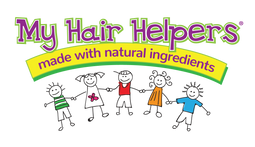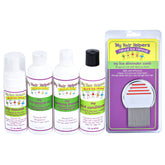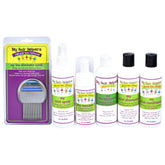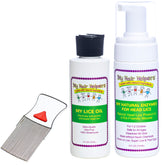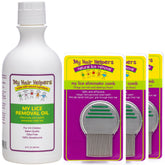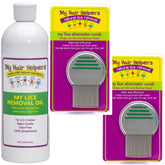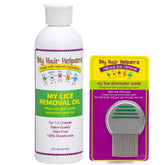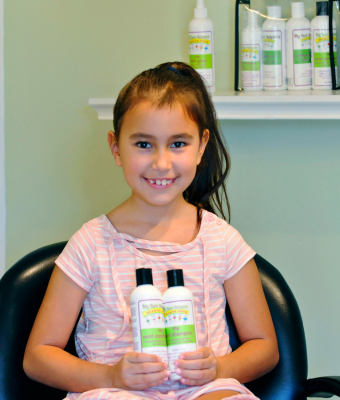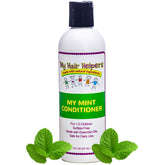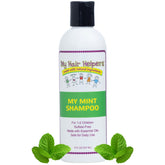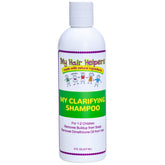UNDERSTANDING THE LIFE CYCLE OF LICE
Think your child has head lice?
It’s easy to get stressed over lice, especially when there’s a lot of misinformation out there. But rest assured that lice are common and easy to treat when you use the right products.
My Hair Helpers offers a full line of natural head lice prevention and treatment products. They are safe for all ages and pregnant mothers. But before you treat someone in your family, it helps to understand the life cycle of head lice.What are Head Lice?
Head lice are tiny bugs about the size of a sesame seed. Their color can vary but is usually grayish-white. To survive, head lice feed on human blood from the scalp. They can’t survive more than a day without a blood meal.
Nits are lice eggs that lice lay close to the scalp. They are small and usually yellow or white in color. Some nits can even blend in with the color of the host’s hair, making them hard to see. After the eggs hatch, the empty nits stay on the hair shaft.
To identify head lice, you can check your child at home using a light, magnifying glass, and lice comb. You can also take your child to a head lice salon to make an accurate diagnosis. Some things can be confused for head lice, so it’s important to know the difference.
The Life Cycle of Lice: What You Need to Know
The life cycle of a louse occurs in three stages:
Eggs
Lice eggs are called nits. They are small, around 0.8 to 0.3 mm in size and oval-shaped. They are typically white, yellow, tan, or brown and are found on the hair shafts. They take 6-9 days to hatch.
Nymphs
Nymphs are baby lice that look like adult lice, just miniature. They are about the size of a pinhead and go through three stages of molting or shedding skin before entering the adult stage. The entire process takes about 10 days.
Adults
Adult lice develop after the third molt and are darker in color, ranging from grayish-white to brown. They are about 2-3 mm in size, with females being larger than males. Females lay eggs 1-2 days after mating and can lay up to 8 nits a day and produce eggs for their entire lifespan. They only need to mate once because they store sperm in their bodies. This is what allows them to multiply quickly.
How to Stop Lice Infestations
Usually, by the time a child has symptoms of head lice, there is already an infestation. The itchy spots that develop from the bites don't produce symptoms until 4 to 6 weeks later, so the lice have already had time to multiply and potentially even spread to others. If your child does have lice, you’ll want to treat them immediately.
My Hair Helpers has a full line of natural lice treatment products. We recommend using My Mousse Enzyme to dissolve nit glue and My Head Lice Oil to suffocate the lice. You can then comb out the lice using a fine-tooth lice comb. We also typically recommend a second treatment about a week later to remove any remaining lice or nits.
Wet combing is also an important part of the process. By taking a peek each week, you can spot lice before they have time to multiply. Our stainless steel lice comb drags out lice and destroys them! And don’t forget our prevention products - they will help your child stay lice-free!
